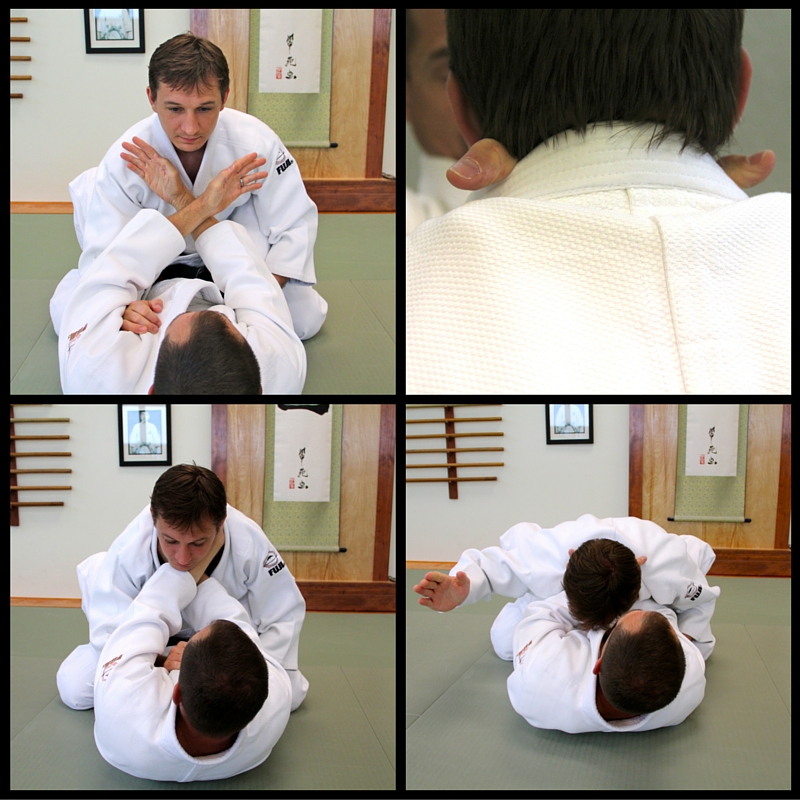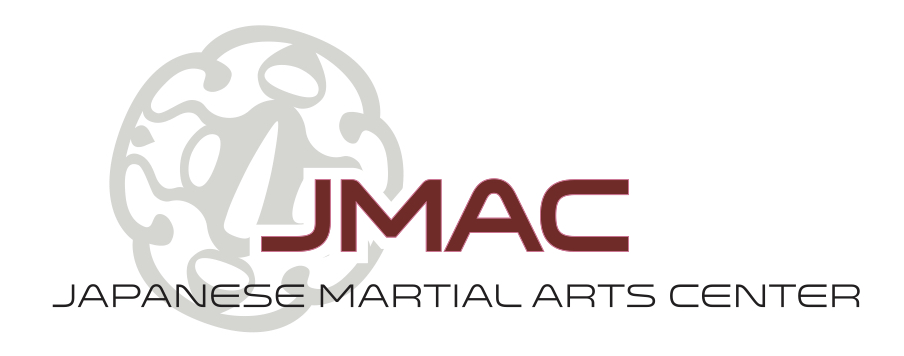Gyaku-juji-jime | Reverse Cross Lock
Gyaku-juji-jime is the reverse of a normal cross lock. The difference between its parent, Name-juji-jime, and the reverse cross choke is the hand positioning. In the normal cross lock, the thumbs sink into the opponent's lapel and the palms face the opponent. In the picture below, the attacker demonstrates the reverse cross lock. The palms are turned outwards before the fingers grip the opponent's collar.
In Brazilian Jiu Jitsu, it is referred to as the Front Collar choke. From Japanese, it is roughly translated to "inverse cross wringing".
Characteristics of the choke include:
⁃ The use of a gi
⁃ Versatile positions of execution, such as pulling guard on the opponent, gaining control of the sides, mounting the opponent, and standing
⁃ Pressure on the carotids, classifying this as a blood choke
⁃ Both hands sink the fingers in, palms up

Unless executed under proper instruction, please do not attempt this chokehold on your own! For more information on Judo or Jiu Jitsu, Ann Arbor Japanese Martial Arts Center is happy to answer your questions!
